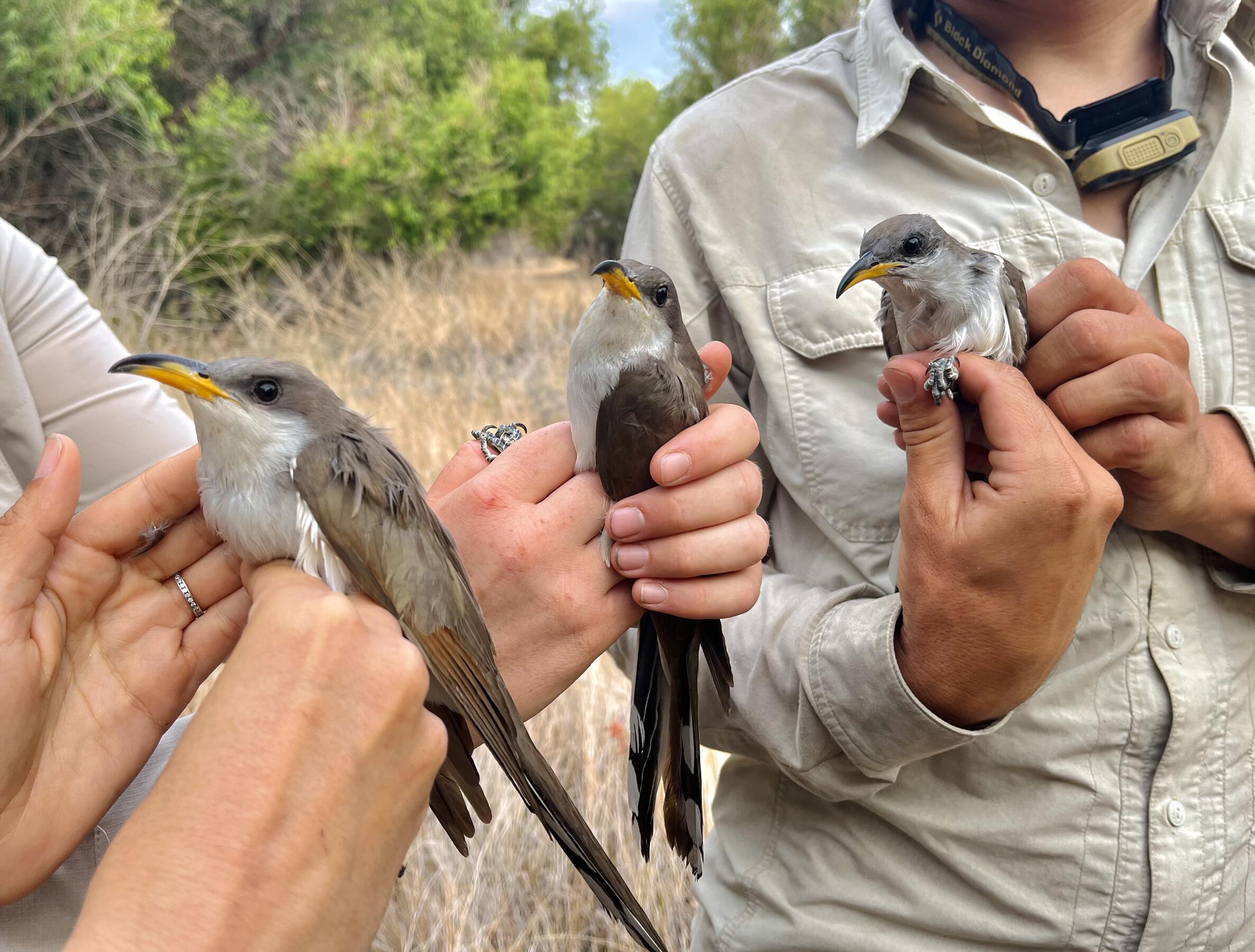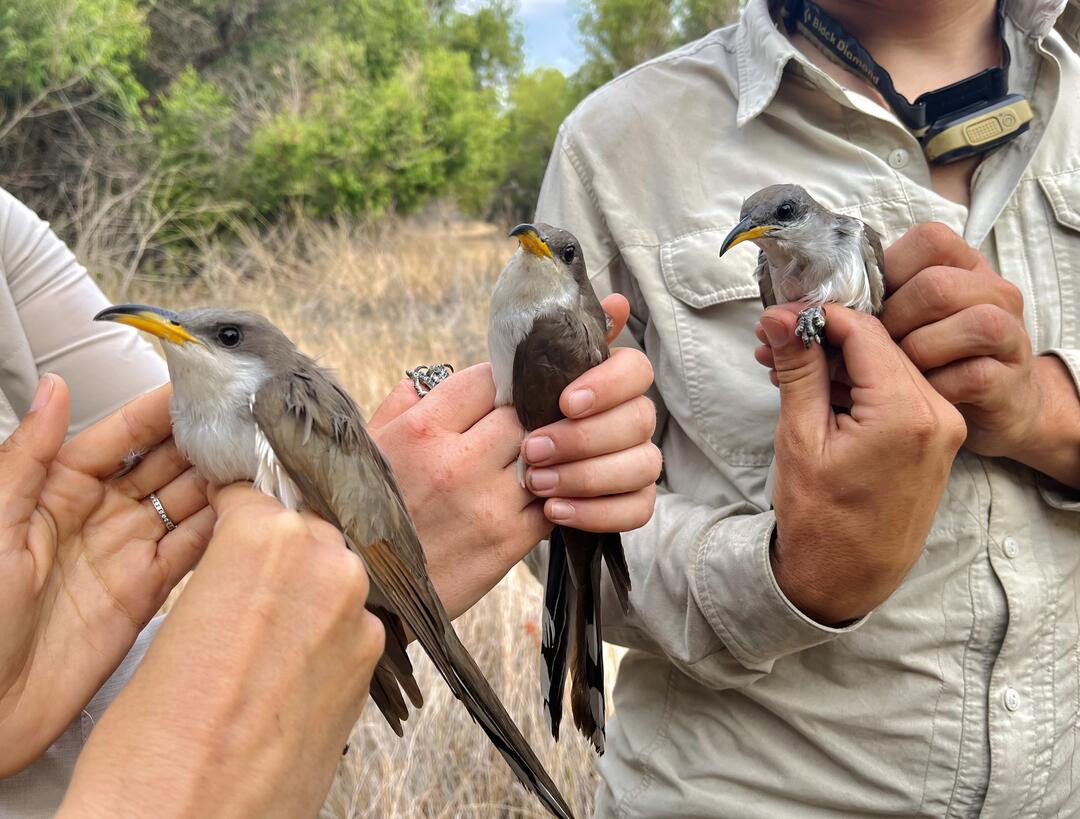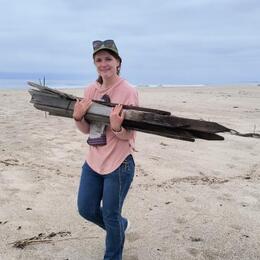At Audubon Kern River Preserve—managed by Audubon California's Reed Tollefson, dedicated Southern Sierra Research Station (SSRS) researchers are making significant strides in understanding the elusive Western Yellow-billed Cuckoo. The team’s recent discoveries, featuring two Motus-tagged birds from the Kern River Valley, Baba Ghanoush and Stroopwafel, have provided invaluable insights into the migration routes of these secretive birds.
Earlier this year, Baba Ghanoush (originally captured, banded, and Motus-tagged on the Kern River Preserve) was detected on their northward migration by a Motus tower at the Mad Island Marsh Preserve in coastal Texas. They eventually made their way to the Audubon Kern River Preserve, where they spent much of the summer. This detection was particularly remarkable as it occurred exactly a year and a day after Stroopwafel, another Motus-tagged cuckoo from the South Fork Wildlife Area (SFWA), a riparian forest adjoining the Kern River Preserve, was detected at the same tower. The timing of these detections is helping to fill in more data about the migration routes and critical stopover areas, underscoring the importance of conservation areas all along their journey.
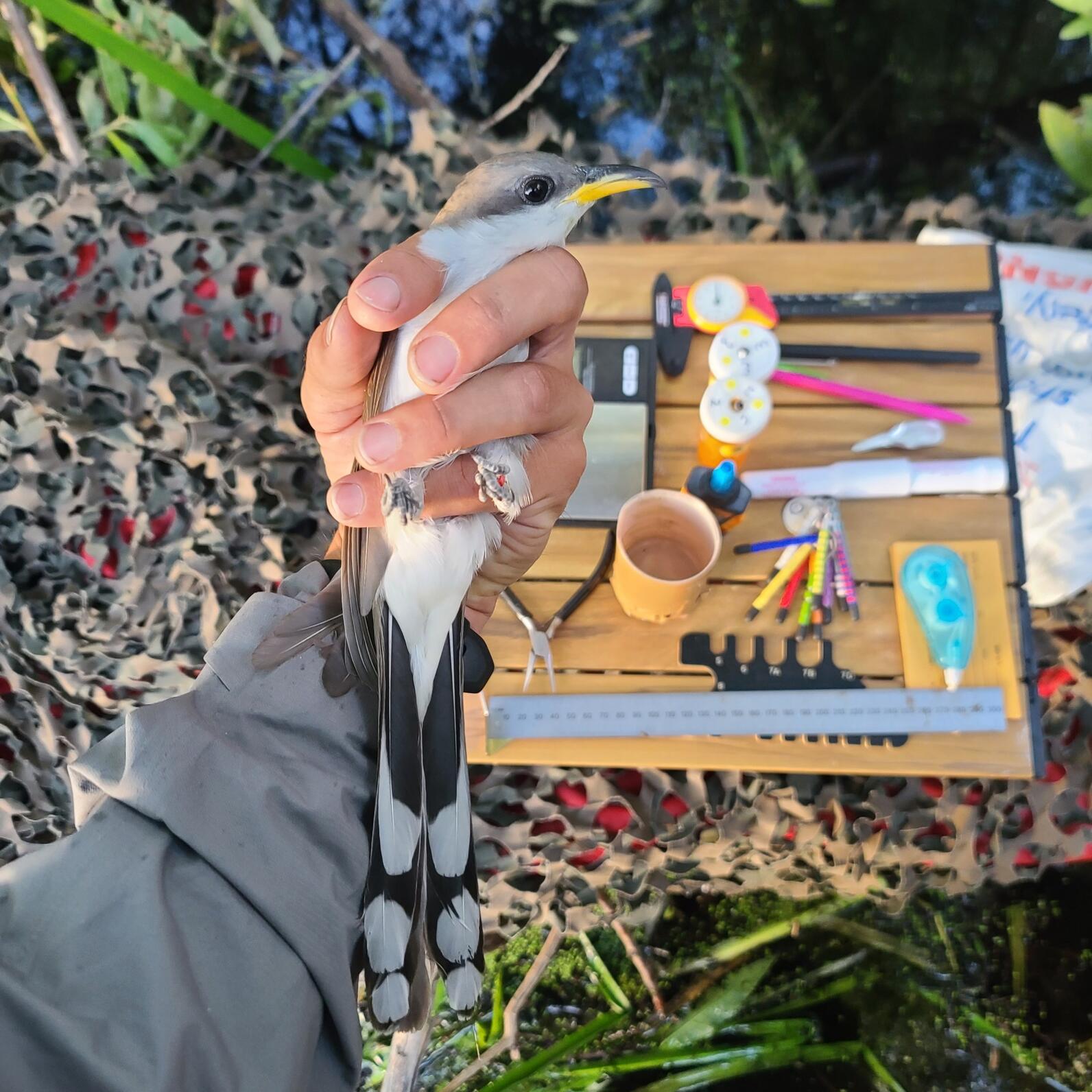
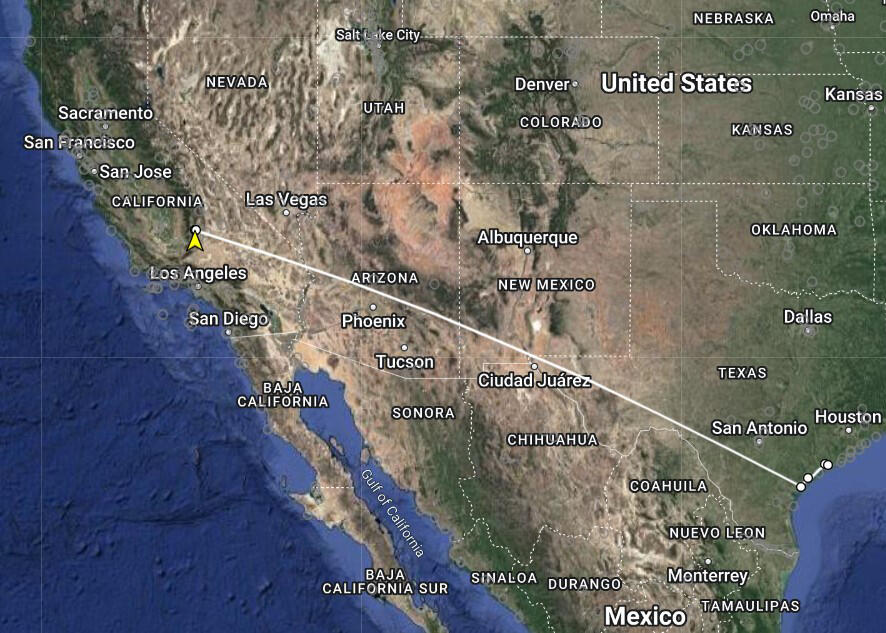
Stroopwafel’s story doesn’t end there. This resilient bird has returned to the SFWA for a third consecutive year and is currently busy attending to fledglings from a successful nest. Their consistent return highlights the importance of the Kern River Preserve as a vital riparian habitat for these birds—ensuring they have a safe place to breed and raise their young.
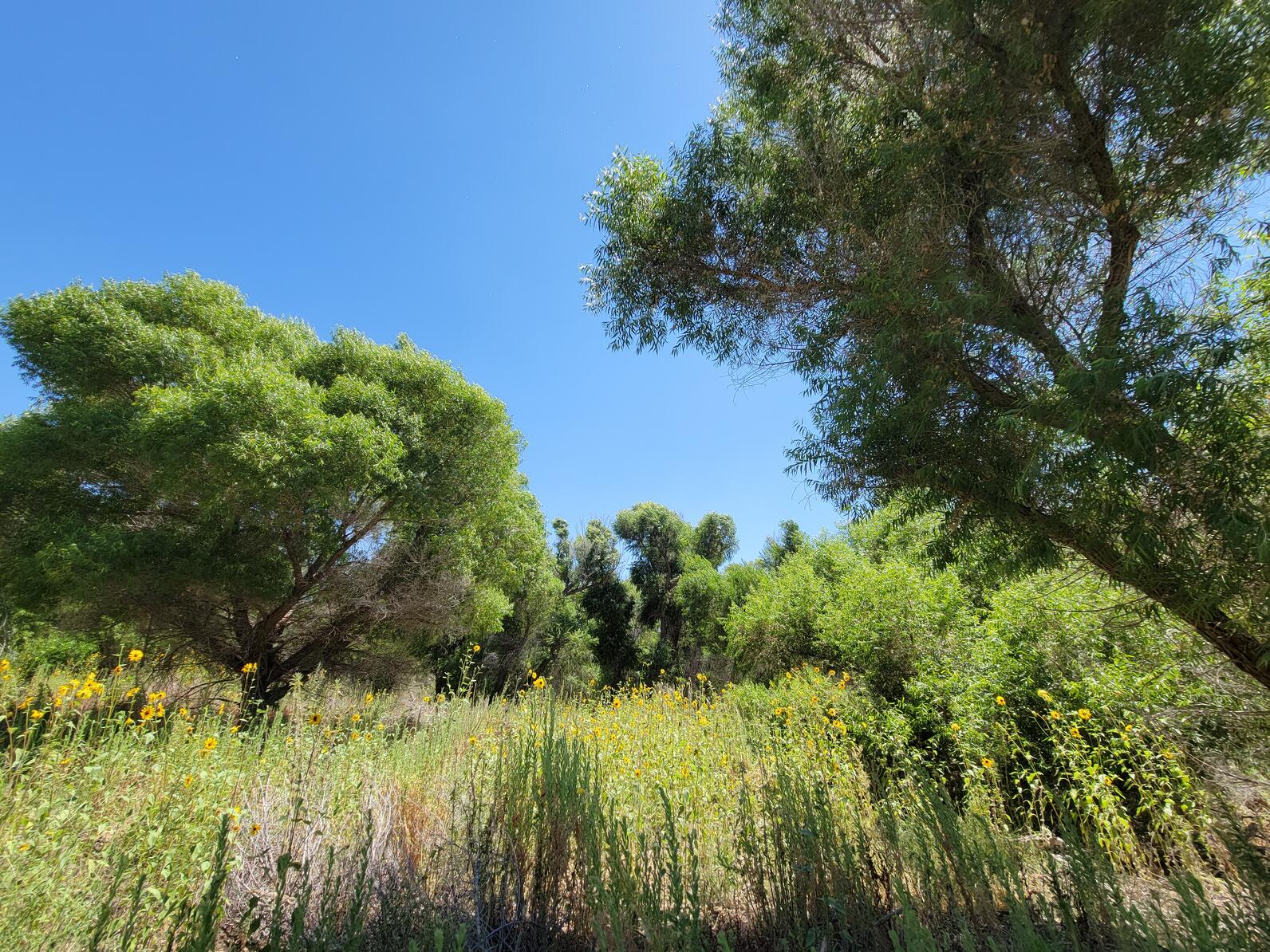
Meanwhile, Sphinx, another Western Yellow-billed Cuckoo, was captured, banded, and Motus-tagged at the SFWA this season and frequently uses the Kern River Preserve. Sphinx was affectionately named after a genus of moths in the Sphingidae family that Yellow-billed Cuckoos prey on—each year, the team selects a new naming category for the birds. SSRS researchers have been closely monitoring Sphinx’s nest and collecting movement data on the Kern River Preserve and other locations. To expand the use of Motus for autonomous animal tracking at smaller spatial scales, the SSRS team and associates are experimenting with ground nodes. These can be installed in a grid and used to triangulate tag locations within the grid. Tracking the federally threatened cuckoos at this spatial scale can enhance how we understand their behavior and habitat use.
These detections are more than just fascinating stories about the migratory paths of these birds—they are crucial pieces of the puzzle that help us understand and protect the Western Yellow-billed Cuckoo and all the places they need.
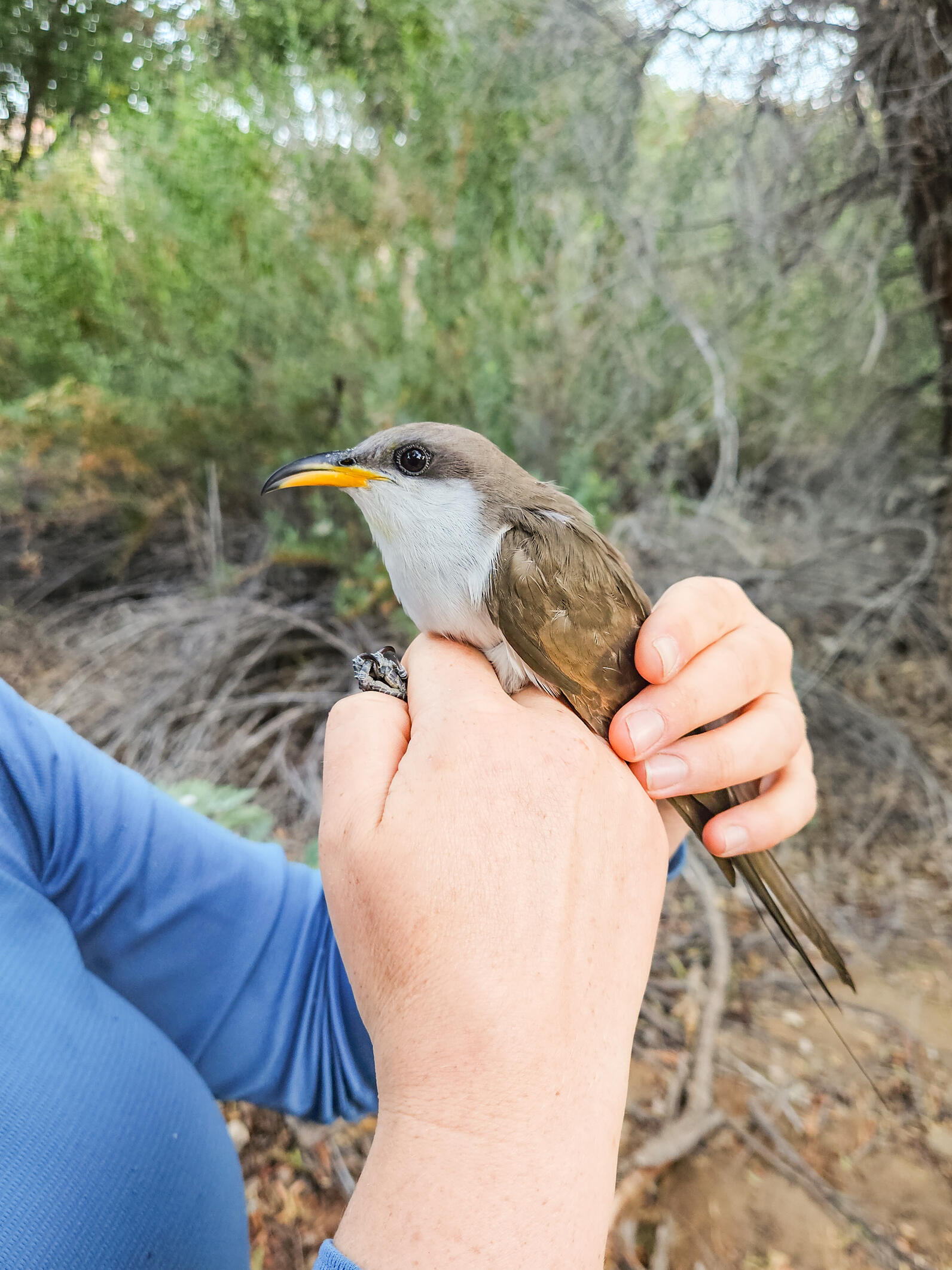
Recently, SSRS Field Biologist Sasha Robinson shared the happy news that Sphinx's nest appears to have successfully fledged! Stay tuned for more updates from SSRS and Audubon California as we continue to explore the journeys of these incredible birds and work towards their conservation and recovery in the Kern River Valley and beyond. You can also keep up with Baba, Stroopwafel, and Sphinx through the SSRS’s Instagram and Facebook.

